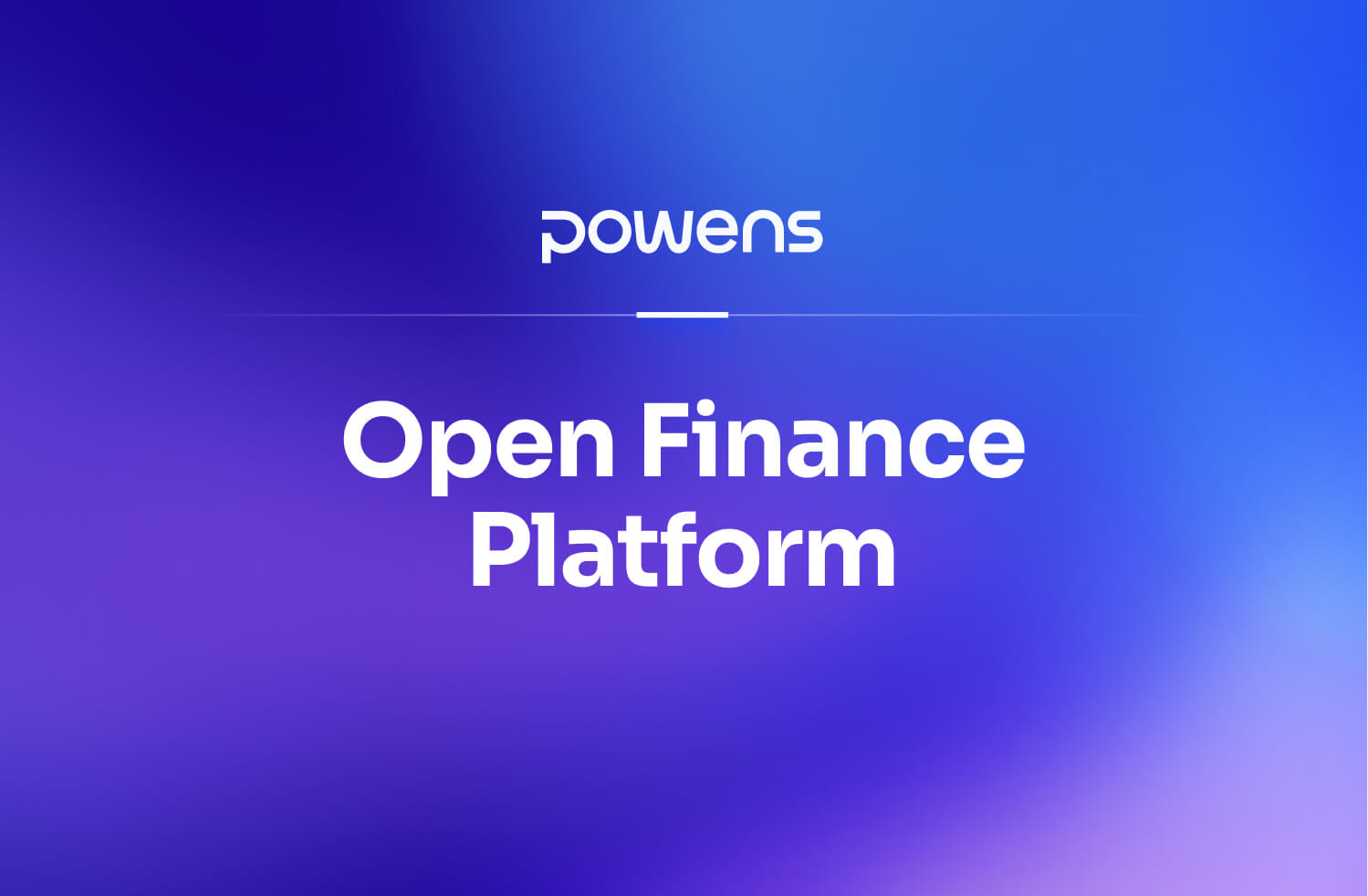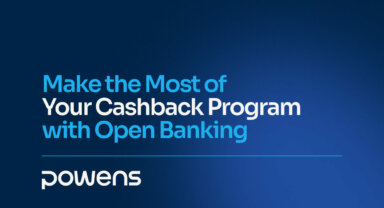With Open Banking exposing bank data to FinTech players, it is more than reasonable to raise the issue of data security.
By allowing customers to authorise third-party applications to access their accounts, they can share data with each other much more easily.
Indeed, all financial actors and institutions are aware that the sharing of sensitive data, long kept confidential, is a key factor. Security is an essential notion in order to guarantee the credibility of the system and the trust of customers.
This is why the development of APIs is entrusted to professionals in order to create fully protected and reliable solutions that include strong customer authentication and consent management functions.
How Data is Managed and Secured
Let’s go into more detail about how open banking data is managed and secured so that customers can understand their own privacy options.
- At the most basic level, open banking data is protected through the use of encryption. Data is encrypted when it is sent from one end point to another.
- This ensures that the data is secure and cannot be read by a third party or anyone else who does not have the encryption key. In addition, the data is also encrypted at rest, which means that whenever it is stored, it is always fully protected.
- The security of Open Banking data is further enhanced by the use of access control systems. These systems are put in place to ensure that only certain people have access to the data. These systems are designed to control who can access the data and when they can do so.
- In addition, access control systems maintain an audit trail of who accessed the data and when. This is an important level of security that helps to ensure that data is always secure and that any unauthorised access can be easily identified and blocked.
- Beyond these measures, open banking also uses strong authentication methods. This ensures that only authorised users with valid security credentials can access the data. This prevents unauthorised access to data and thus adds an extra layer of protection.
- Finally, open banking also uses several layers of security to protect the data. This means that data is protected by several layers of defence which include physical, operational and administrative security protocols. All of these layers of security are essential to ensure data privacy and security.
Companies wishing to access consumers’ financial data are required to undergo extensive checks. Before exchanging data, third-party service providers must prove their security to banks. When requesting access, companies must also inform consumers how their data will be used and for how long.
Is Open Banking the future of the financial sector?
Open Banking is part of a wider disruption of the traditional banking sector. FinTech companies are the first to seize this opportunity. They are constantly developing new personalised services for businesses.
Like banks and financial institutions, they should not underestimate the risk of Open Banking. Security and data protection are important challenges for companies. Financial innovation obviously cannot be done at the whim of the end customer.
Contact our team today to arrange a demo of our Open Banking products and services.

 Mar 27, 2022
Mar 27, 2022 














